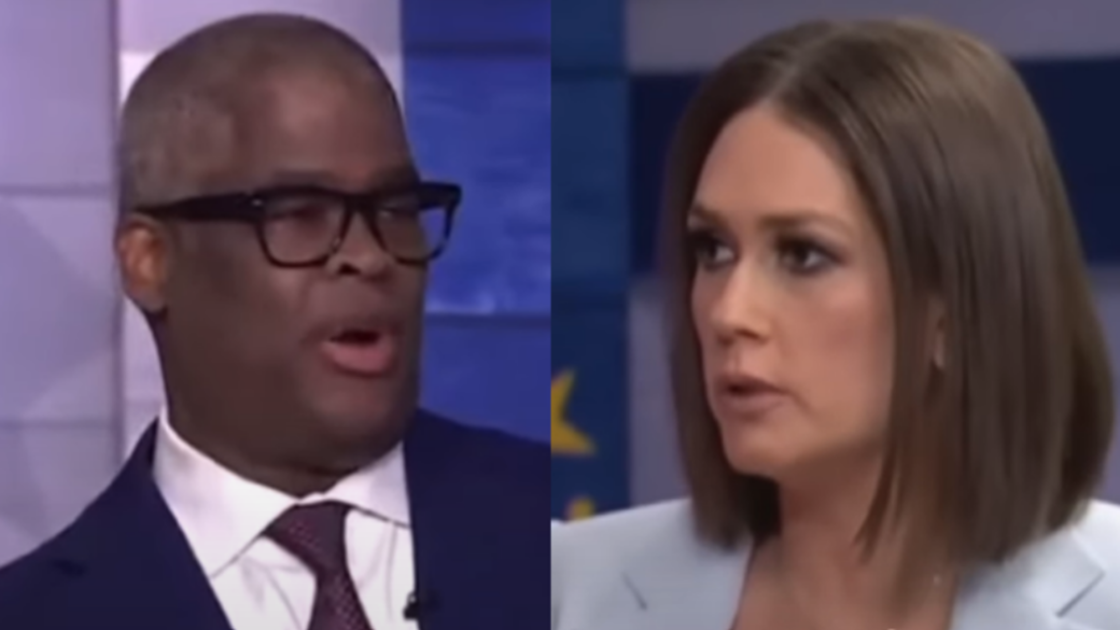Starbucks will eliminate approximately 900 jobs and close underperforming stores in North America as part of corporate restructuring efforts, the company announced on Sept. 25.
Since taking over in 2024, CEO Brian Niccol has been overhauling operations to revitalize the brand. The overhaul includes a “Back to Starbucks” strategy, the expansion of a health-conscious menu, and the redesign of more than 1,000 North American locations.
The latest measure will shutter about 1 percent of Starbucks-operated coffeehouses in North America. The company plans to end the fiscal year with more than 18,000 total Starbucks locations across the United States and Canada.
“During the review, we identified coffeehouses where we’re unable to create the physical environment our customers and partners expect, or where we don’t see a path to financial performance, and these locations will be closed,” Niccol said in a statement.
Coffeehouses scheduled to close will be contacted this week.
Starbucks will also reduce non-retail headcount and expenses by terminating 900 positions. Affected individuals will be contacted on Sept. 26 and offered generous severance and support packages, including extended benefits.
“These steps are to reinforce what we see is working and prioritize our resources against them,” Niccol said.
Starbucks share prices had little reaction before the opening bell, with the stock up by about 0.1 percent. This year, the stock has slumped by almost 8 percent.
So far, Niccol’s revitalization effort has yielded mixed results. Same-store sales have declined for six consecutive quarters. U.S. transactions have fallen by 4 percent in the third quarter of the fiscal year. Revenues increased by 4 percent year over year to $9.5 billion, but operating margins declined by more than 10 percent amid higher inflation and labor costs.
The company has also come under pressure because of surging coffee prices.
In July, President Donald Trump imposed tariffs on Brazil, triggering a spike in bean prices. Brazil accounts for approximately 33 percent of coffee exports to the United States. As a result, industry leaders and U.S. lawmakers are seeking a tariff exemption for the agricultural commodity.
Earlier this week, Republican and Democratic lawmakers introduced the No Coffee Tax Act, a bill that effectively removes higher import duties on coffee.
“Families across America are feeling the cost of higher coffee prices, which are already up 21 percent, and tariffing a product we can’t grow at a large, commercial scale, only makes it worse,” Rep. Don Bacon (R-Neb.) said in a Sept. 22 statement.
Meanwhile, other factors have driven coffee prices higher, including drought conditions in Brazil and Vietnam, which have resulted in a sharp decline in production.
This year, coffee futures have increased by 15 percent to about $3.68 per pound on the U.S. ICE Futures exchange. In the August consumer price index report, coffee prices increased by 3.6 percent month over month and have increased by 21 percent year over year.
The Starbucks team has responded to the levies by making adjustments to operations and relocating supply chain functions. Still, the company has said it will keep prices steady for the remainder of the fiscal year, although it has not ruled out a price hike.
“Pricing is always the last lever I’d like to pull,” Niccol said in the latest earnings call.
“I prefer to always hold back on that one as much as possible. So will we have to use it in the future? Absolutely. It’s going to be the last lever I’d like to pull. And when we pull that lever, I probably want to do as little as possible.”
If you found this article interesting, please consider supporting traditional journalism
Our first edition was published 25 years ago from a basement in Atlanta. Today, The Epoch Times brings fact-based, award-winning journalism to millions of Americans.
Our journalists have been threatened, arrested, and assaulted, but our commitment to independent journalism has never wavered. This year marks our 25th year of independent reporting, free from corporate and political influence.
That’s why you’re invited to a limited-time introductory offer — just $1 per week — so you can join millions already celebrating independent news.








